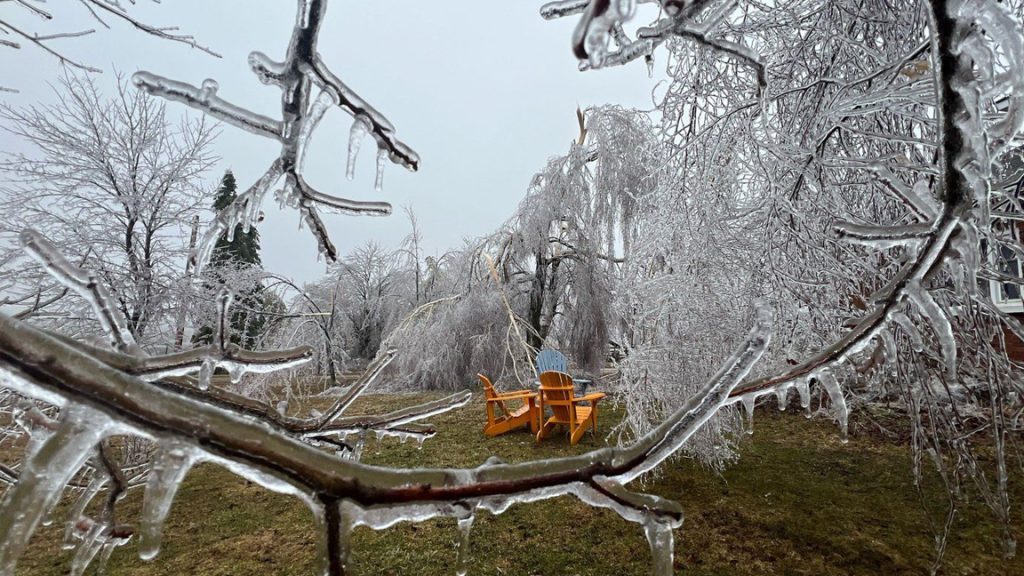Ontario reports highest level of COVID deaths since May

Posted October 21, 2022 6:49 am.
Last Updated October 21, 2022 1:48 pm.
Health officials had warned the return of cooler weather would bring a surge of COVID-19 cases and new numbers suggest the pandemic is taking a deadly turn in Ontario.
The number of individuals dying as a result of the virus has jumped sharply compared to the summer months with the province reporting its highest number of COVID-19 deaths since the spring.
Data from the Ministry of Health released on Thursday reveals 109 people have died from the virus in the past seven days.
That is a weekly death total not seen since early May where 112 deaths were reported. The number is up from 67 deaths the week prior.
Ontario saw two weeks in late August and early September where weekly COVID-19 deaths exceeded 90.
The number of people in hospital and in intensive care with the virus also rose slightly but those number have stayed relatively stable in comparison. Hospitalizations are up to 1,663 from 1,629 and ICU admission increased to 158 from 143.
Friday also marked 1,000 days since the first case of COVID-19 was confirmed in Toronto.
Toronto Public Health (TPH) says there have been approximately 354,000 confirmed cases of the virus in the city, almost 4,500 deaths attributed to COVID, and more than 7.5 million vaccine doses administered.
“While much has changed since Toronto’s first case was identified, COVID-19 still circulates in the community, and TPH and Team Toronto continue to respond to the COVID-19 pandemic,” public health officials said in a statement.
“As people head indoors for the fall and winter, COVID-19 has an increased opportunity to spread. Newly approved bivalent COVID-19 vaccines are part of the necessary protection for all Toronto residents against Omicron and its subvariants, especially for those who are at higher risk of severe outcomes.”
Province’s top doctor has expressed concern
Chief Medical Officer of Health Dr. Kieran Moore warned last month the rise of transmission from COVID-19 would increase during the colder months. Speaking to CityNews last week he said he was concerned about a possible resurgence of the virus.
“We’re starting to see an increase in hospitalization, a subtle increase in the use of our intensive care unit,” Moore said. “All of those metrics early on before winter hits, before we go indoors, has made me anxious that we must continue strengthening that wall of immunity that Ontarians have already built.”
Moore believes the newest strain of Omicron, in addition to the threat posed by flu season, could put additional strain on hospitals in the coming weeks and months.
In Ottawa, public health officials are urging people to mask indoors and in crowded public spaces. In its latest COVID-19 update, the public health unit says levels of the virus are high, while also reporting its first influenza outbreak.
The provincial government lifted mask requirements across most of the province in June. Last week, the government also quietly removed the requirement for visitors and caregivers to wear masks when alone with a resident at a long-term care home, one of the last places where mask mandates remained in place.
Visitors also no longer have to confirm in person or online that they are symptom-free. Instead, homes are now only required to post signage listing COVID-19 symptoms.
Moore said in June he would recommend keeping the long-term care mask mandate in place until at least the summer of 2023.
With files from The Canadian Press and Richard Southern








